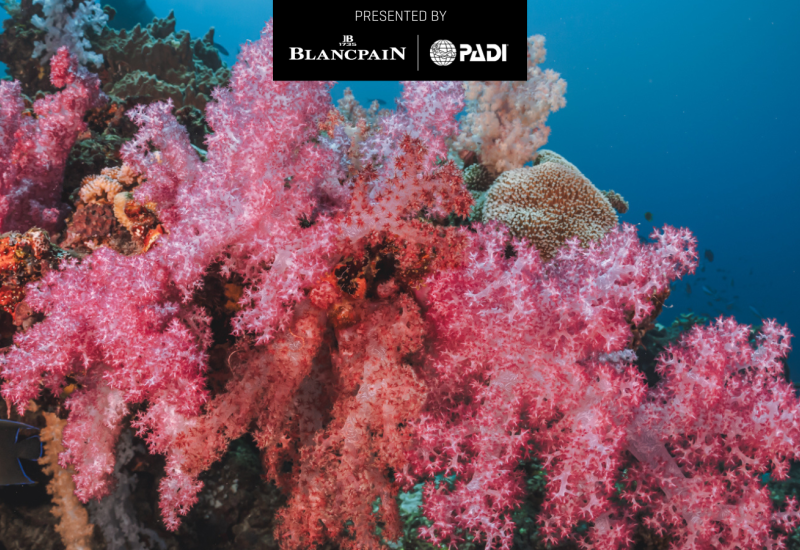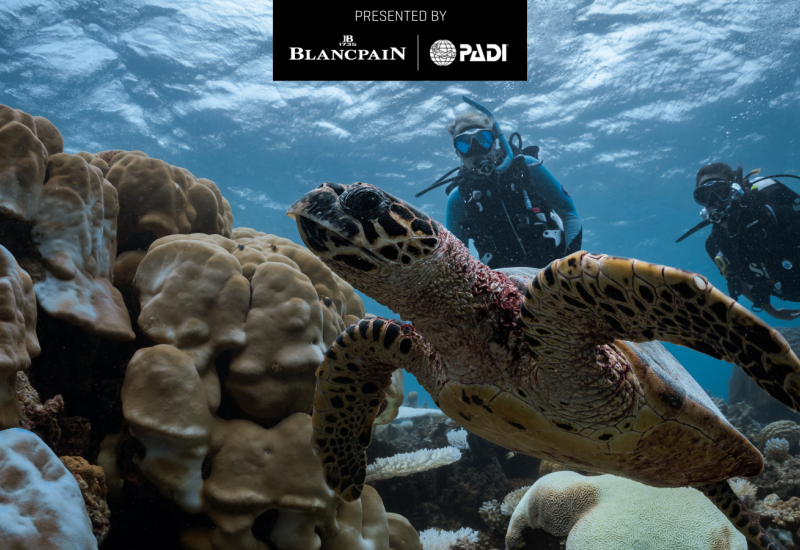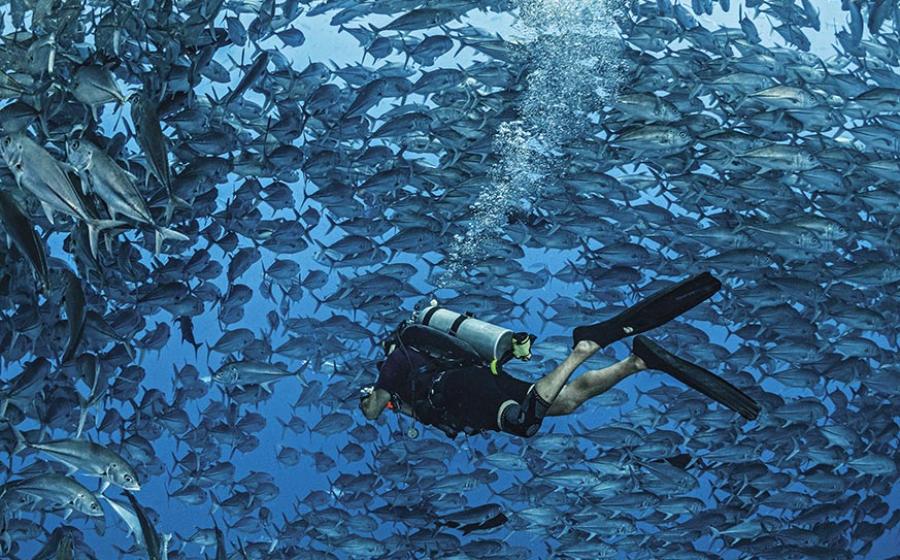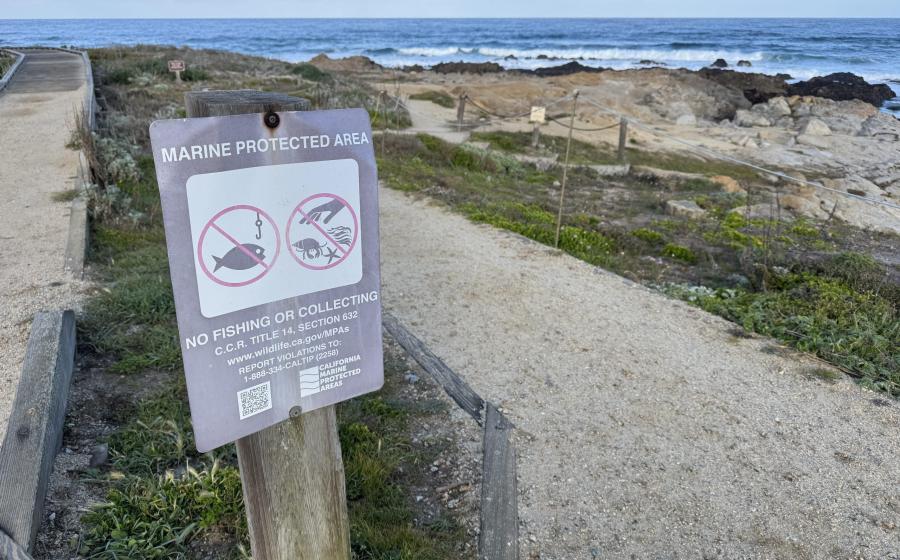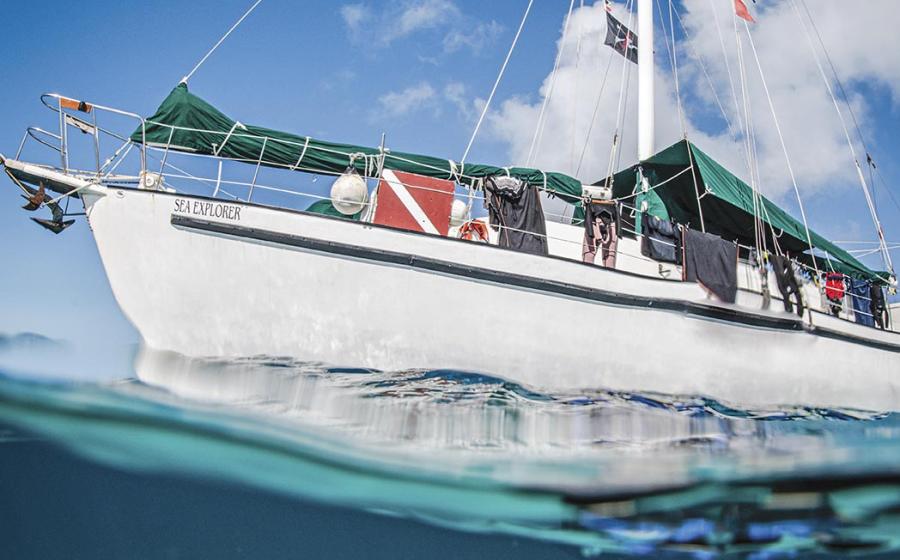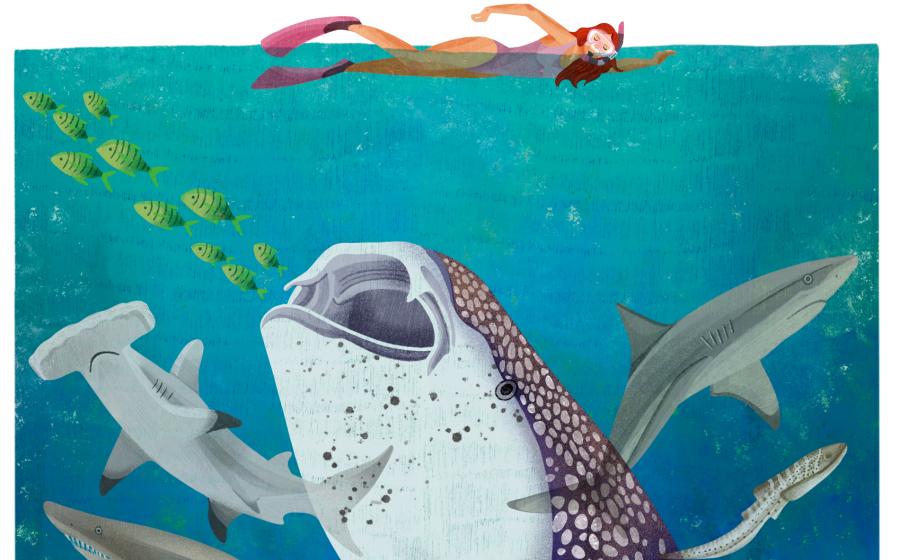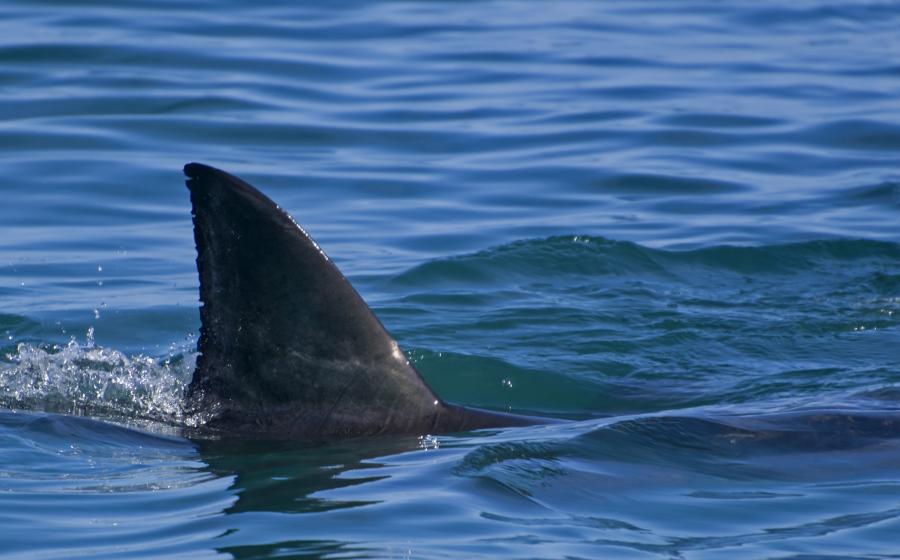How to Find a Marine Protected Area
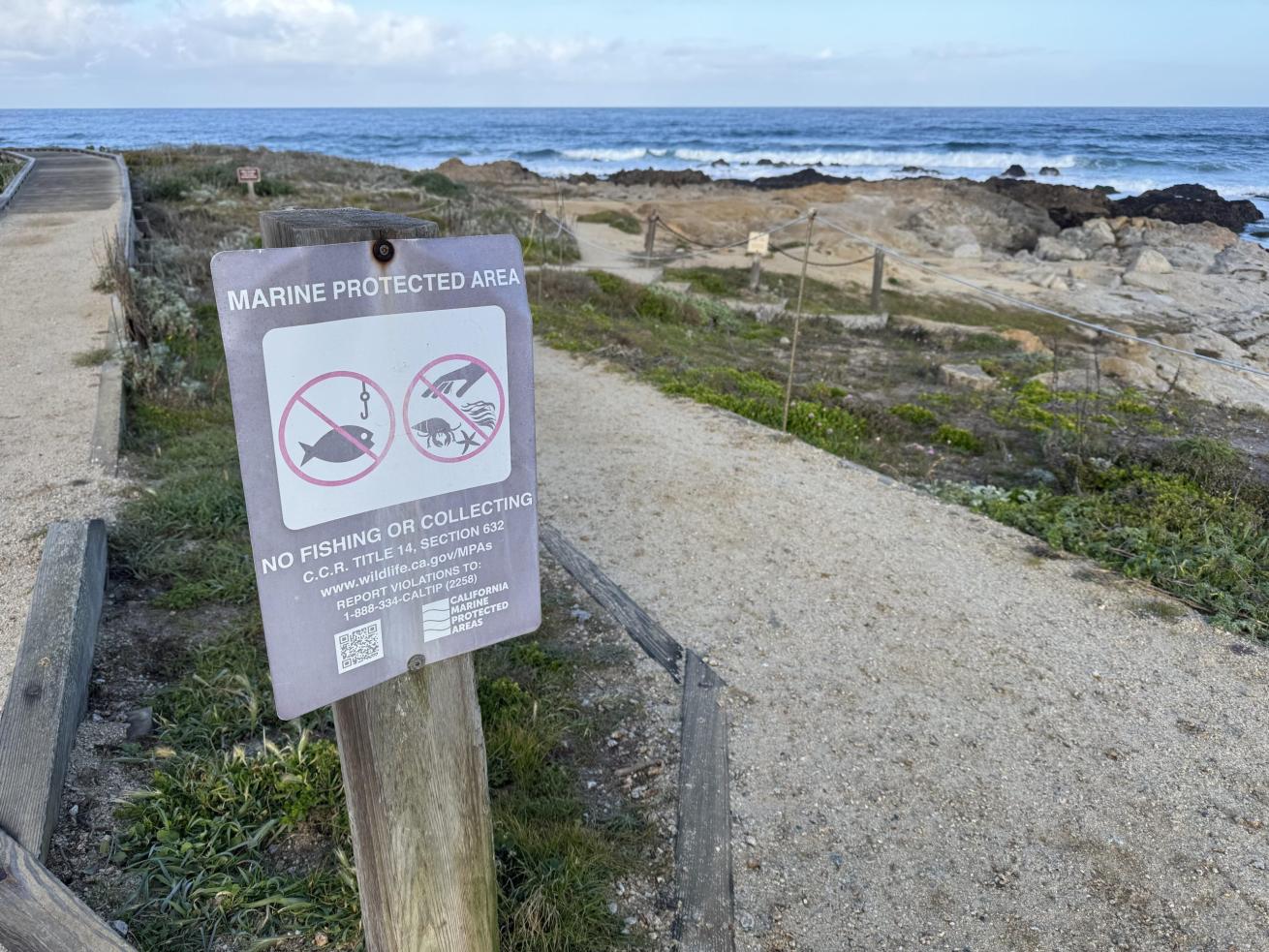
Courtesy Beth Pike
Quick. Think of your favorite dive spot for seeing lots of fish and other marine life! There’s a good chance that it’s in a marine protected area (MPA), which is an underwater park that restricts fishing as well as oil and gas extraction. While the politics of creating and managing MPAs is complex, just as the legal arguments for what counts as an MPA are complicated, the science is clear on several key points.
A well-designed and well-established MPA is very likely to have more fish, more species of fish, and bigger fish than a similar unprotected area that allow fishing and oil and gas extraction. (Many MPAs are, to put it mildly, not well-designed or well-established, but that’s a rant for another time).
Related Reading: Diving for a Cause: How to Support Marine Protected Areas
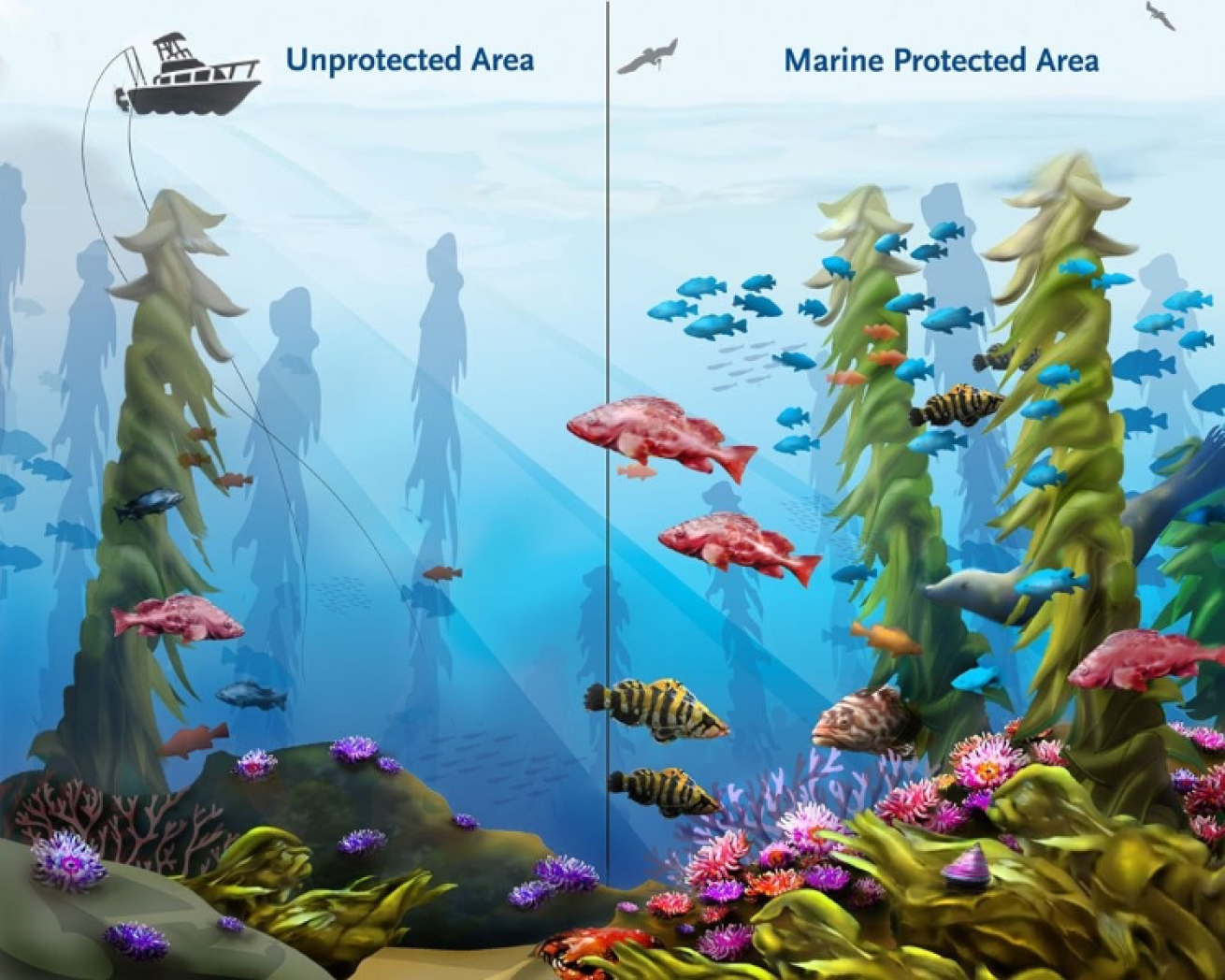
Courtesy Ocean ConservancyDivers can typically find more fish, higher biodiversity and bigger species in marine protected areas.
Now that you know that MPAs have healthier fish populations, you may be wondering how to find an MPA near you. Meet the Marine Protection Atlas (MPAtlas). “We created a more complete look at the state of marine conservation,” explains Dr. Beth Pike, the Director of the MPAtlas.
Pike and her team used a tool called the MPA guide to systematically identify which marine protected areas around the world met criteria associated with best practices. Each of the MPAs (and their evaluation) is then shown on the MPAtlas website. Although it wasn't explicitly designed with this in mind, it can also serve as a guide to great dive sites.
Related Reading: Pathways to Protection
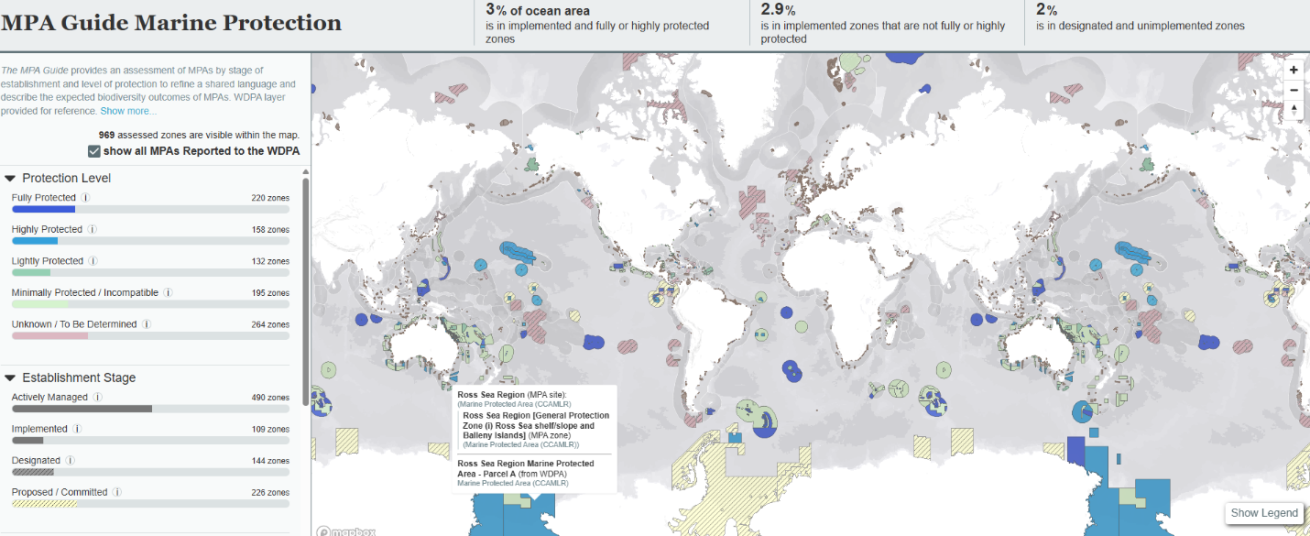
A screengrab from MPAtlas showing the state of global ocean protection as of this writing.
The MPAtlas is searchable and allows you to learn more about each of the nearly 1,000 MPAs in the world. This is an enormous amount of data, and since different countries have different names for everything, the work they’ve done to standardize terminology throughout the guide is vitally important. (Heck, South Florida alone has Sanctuary Preservation Areas, Underwater State Parks, National Marine Sanctuaries, Ecological Reserves and National Monuments, all of which are different kinds of MPAs).
Notably, the global environmental community is trying to get us to “30x30,” trying to get 30 percent of the ocean in highly protected MPAs by the year 2030. According to the Marine Protection Atlas, only 3 percent of the ocean currently qualifies, so we are not likely to meet that goal. But the MPAtlas is one of the main reasons why we know well we’re doing and how far we need to go, and as such it’s enormously valuable to the scientific and conservation communities.
Why should divers care?
Because we play a big role in increasing the level of marine protection globally. “Divers create economic incentives for countries to protect places,” Dr. Pike says. “It’s an expensive proposition to do a dive trip, and when funneled correctly, it can support marine protected areas and replace the economics of extraction with the economics of enjoying a place. In some places, the only economy they have is based on extracting and using their natural resources, if you go there to enjoy them in their natural state, you’re changing the economics.”
You can learn more about, and support, MCI and the MPAtlas here.
Organizations Divers Should Know About is a monthly column where David Shiffman, Ph.D. highlights an environmental organization helping protect our underwater world. If you have an organization you think deserves recognition, or if you have a question about the answer given in this column, email Shiffman at [email protected] with subject line “Orgs to Know”.
The views expressed in this article are those of David Shiffman, and not necessarily the views of Scuba Diving magazine.



